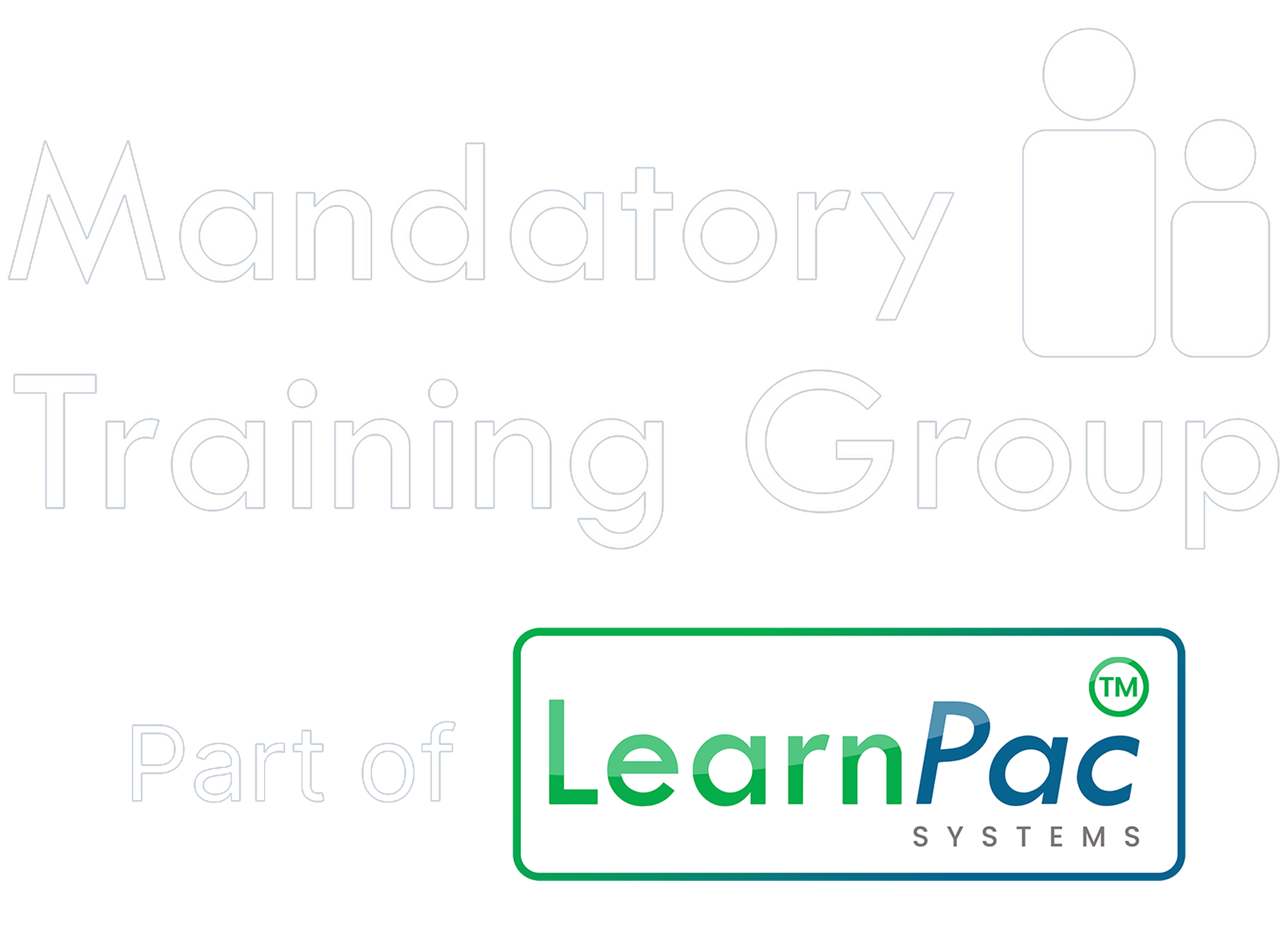You have no items in your shopping basket.
Lewis Normoyle
13-09-2025
How Ofsted’s four EIF areas strengthen compliance across sectors
Image by s_kawee via Envato Elements
Discover how Ofsted’s four EIF areas connect training, culture, and leadership - helping regulated organisations turn compliance into resilience and trust
When most people hear the word Ofsted, schools usually come to mind. Yet Ofsted’s Education Inspection Framework (EIF) extends far beyond classrooms. Its four judgment areas, Quality of Education, Behaviour and Attitudes, Personal Development, and Leadership and Management, provide a structured way to evaluate quality, governance, and compliance across regulated sectors.
For health and social care providers, training organisations, and early years settings, the EIF is more than an inspection framework. It is a blueprint for delivering safe, effective, and meaningful services that put people first. Addressing all four areas requires more than ticking regulatory boxes. It calls for an integrated compliance strategy that combines governance, workforce capability, and digital transformation.
In this blog, Lewis Normoyle breaks down each EIF area, explores its broader implications, and shows how organisations can build a compliance-first culture that strengthens trust, resilience, and inspection readiness.
Understanding Ofsted’s four EIF areas
Ofsted’s Education Inspection Framework breaks compliance into four interconnected areas. Each one has direct implications not only for inspection outcomes but also for governance, workforce culture, and organisational development. Below are the four key judgment areas in Ofsted’s EIF - each one shaping compliance, governance, and workforce culture:
1. Quality of education
At the heart of Ofsted’s framework is a simple expectation: learners should receive a high-quality, well-sequenced education that meets their needs and prepares them for the future.
- In education - this covers curriculum design, teaching standards, and measurable outcomes
- In health and social care - it reflects how staff training is delivered, ensuring learners understand not just what to do but also why it matters in practice.
Compliance implications:
- Training must align with statutory and mandatory requirements (e.g., Care Certificate, Core Skills Training Framework, sector-specific qualifications)
- Evidence of continuous improvement is essential; providers need to show training is updated, evaluated, and responsive to regulatory changes
- Digital tools such as Learning Management Systems (LMS) enable providers to track uptake, assessments, and impact.
Key message - Compliance strategies anchored in quality training ensure staff are competent, confident, and inspection-ready.
2. Behaviour and attitudes
This area assesses how learners or service users engage with their environment.
- In schools - it includes attendance, behaviour, and respect
- In care and training - it extends to how organisational culture promotes safety, dignity, accountability, and respect.
Compliance implications:
- Regulators assess whether policies (e.g., safeguarding, dignity in care, whistleblowing) are effectively implemented in practice
- Workforce behaviour must align with professional codes (NMC, GMC, HCPC, etc.) and regulatory standards (CQC, Ofsted, HSE)
- Engagement can be evidenced through incident rates, retention levels, and feedback from service users.
Key message - Embedding the right culture is not optional; it is a regulatory requirement. Staff behaviour and attitudes must consistently reflect respect, integrity, and safeguarding values.
3. Personal development
Ofsted also considers how organisations support individual growth beyond core compliance.
- In schools - this means preparing children for life in modern Britain
- In regulated workplaces - it involves empowering staff to grow professionally, build resilience, and engage in reflective practice.
Compliance implications:
- Continuous Professional Development (CPD) is a governance essential, not a luxury
- Providers must evidence learning opportunities that go beyond the statutory minimum - supporting resilience, wellbeing, and adaptability
- In health and social care, CPD is directly tied to inspection ratings under the CQC’s Single Assessment Framework (SAF)
- Digital CPD trackers and competency frameworks help organisations evidence staff development journeys.
Key message - Staff personal development drives both compliance ratings and workforce resilience.
4. Leadership and management
The fourth EIF area is the cornerstone of compliance. Strong leadership ensures policies are not just written but embedded, lived, and overseen effectively.
Compliance implications:
- Regulators expect clear accountability, transparent decision-making, and oversight of training, risk, and safeguarding
- Manual systems are no longer sufficient - regulators expect data-driven systems that provide real-time assurance
- Leadership must demonstrate compliance alongside the ability to innovate, adapt, and sustain improvement.
Key message - Digital transformation, including integrated training and governance dashboards, provides leaders with real-time oversight and inspection-ready evidence.
Why integration matters - Moving beyond siloed compliance
Many organisations still treat each EIF area - or each regulator’s requirements - as separate checklists. Safeguarding sits in one file, training logs in another, and CPD records elsewhere. The result? Duplication, inefficiency, and gaps that regulators will quickly identify.
An integrated compliance strategy changes this:
- Cross-mapping standards - linking EIF areas with the CQC’s SAF domains, HSE requirements, and sector frameworks
- Digital consolidation - centralising training, CPD, policies, and audit evidence into one platform, such as ComplyPlus™
- Inspection readiness by design - building systems that generate inspection-ready outputs automatically, instead of last-minute preparation.
Key message - Integration shifts compliance from being a reactive burden to a strategic advantage.
Practical steps for providers
Organisations in health, social care, and education can start embedding EIF integration with these five steps:
1. Map EIF to your sector frameworks
Align Ofsted’s areas with the CQC’s SAF domains, workforce training needs, and governance systems.
2. Audit training and CPD systems
Ask - Can we demonstrate statutory compliance for all staff? Are CPD records accessible and up to date?
3. Strengthen culture through behaviour frameworks
Embed professional codes of conduct into supervision, appraisals, and management practices.
4. Invest in digital infrastructure
Use LMS/TMS platforms to centralise training, policies, and audits. Manual systems can’t meet modern regulatory expectations.
5. Embed inspection readiness into daily practice
Don’t prepare annually - ensure systems provide continuous evidence of compliance and improvement.
The role of digital transformation
Digital transformation is now a compliance expectation, not an optional add-on. Regulators expect providers to demonstrate real-time assurance.
- Ofsted may request a staff training matrix
- The CQC may want CPD logs
- Safeguarding audits may require evidence of supervision.
Manual systems cannot provide this assurance consistently. Digital platforms such as ComplyPlus™ give providers visibility, consistency, and inspection-ready reporting.
Key message - The future of compliance lies in integration, automation, and visibility. Providers who embrace this will not only pass inspections but thrive under them.
Conclusion - From burden to advantage
Ofsted’s EIF is not just an education tool - it is a compliance model relevant to every regulated organisation. Its four areas - quality outcomes, safe culture, empowered individuals, and accountable leadership - mirror the governance demands of health, social care, and training sectors.
For regulated organisations, this is more than a day of reflection. It’s an opportunity to lead by example, empower their teams and service users, and commit to making self-care part of everyday practice.
Final thoughts - Self-care as a lifelong commitment
World Self-Care Day reminds us that caring for ourselves is not selfish - it’s essential. Whether it’s an individual taking time for mindfulness or an organisation implementing systemic changes, self-care is healthcare.
Tackling these areas in isolation leads to duplication and wasted effort. Tackling them through integration turns them into a robust, future-proof governance framework.
Providers who embrace integrated compliance will find inspections less of a threat and more of a competitive advantage.
Transform compliance with ComplyPlus™
Meeting Ofsted’s EIF requirements and wider regulatory frameworks demands more than policies and paper trails. It requires a single, integrated system that can consistently demonstrate quality, culture, and governance.
That’s precisely what ComplyPlus™ delivers. It brings together the training, CPD, policy management, and audit evidence into one powerful platform. With real-time dashboards and inspection-ready reporting, it gives leaders the visibility and assurance regulators now expect.
With ComplyPlus™, providers can:
- Consolidate training, CPD, and compliance records in one secure system
- Streamline inspection preparation with automated, audit-ready outputs
- Demonstrate accountability and continuous improvement at every level.
About the author
Lewis Normoyle
Lewis has been instrumental in shaping our success from inception. His journey through various business units and international teams highlights his invaluable experience and business acumen. In his essential role of overseeing operations, Lewis’s precision and efficiency stand out, ensuring smooth and effective processes throughout the organisation.

About the author
Lewis Normoyle
Lewis has been instrumental in shaping our success from inception. His journey through various business units and international teams highlights his invaluable experience and business acumen. In his essential role overseeing operations, Lewis’s precision and efficiency stand out, ensuring smooth and effective processes throughout the organisation.

Contact us
Complete the form below to start your ComplyPlusTM trial and transform your regulatory compliance solutions.




